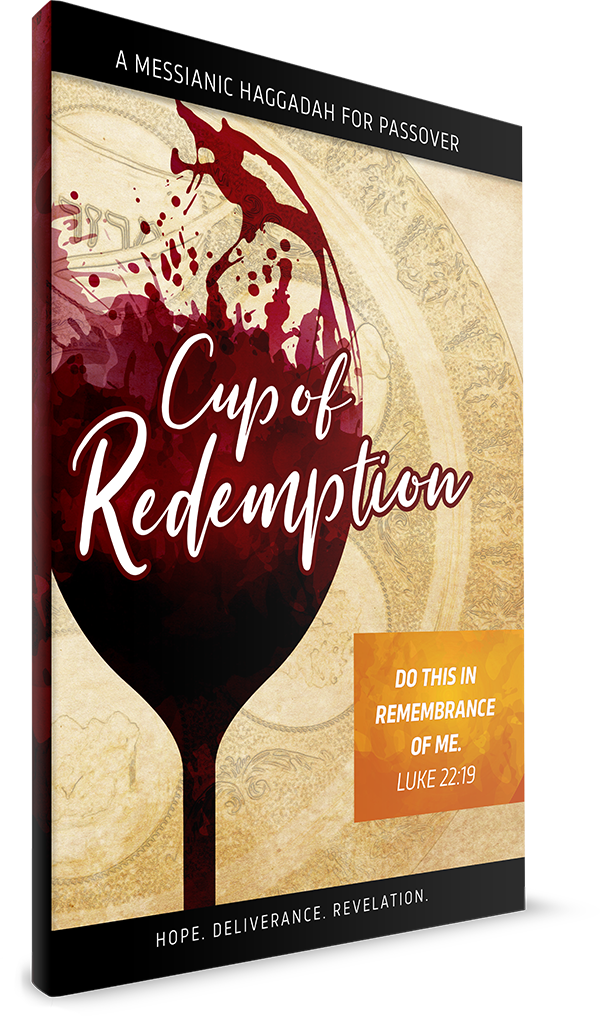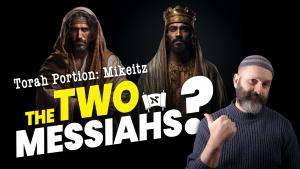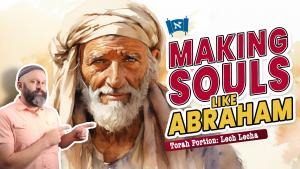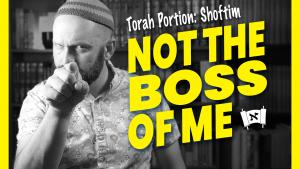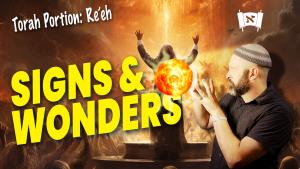Beam Me Up, Scotty!
Series:
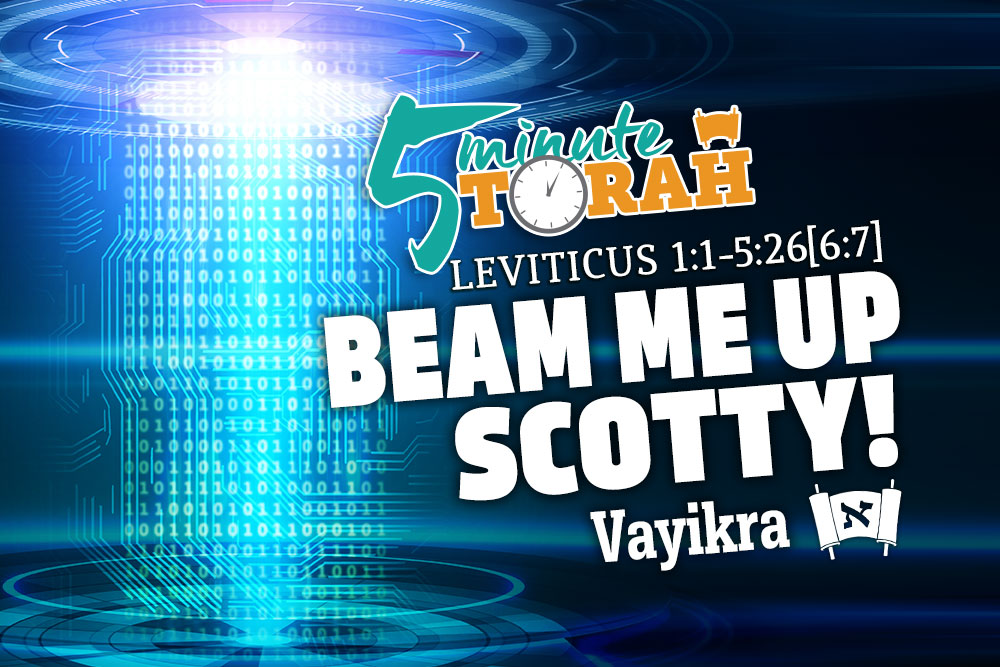
Parashat Vayikra (Leviticus 1:1-5:26[6:7])
Parashat Vayikra is the first reading in the book of Leviticus. It is a natural continuation of what we have concluded in the book of Shemot, Exodus. The Mishkan (Tabernacle) has just been completed and is now “open for business.” Thus, the book of Leviticus begins by spelling out the operational procedures for the Tabernacle, describing what kinds of offerings may be brought, the parameters for these offerings, and how they are to be offered. Within these descriptions there are various kinds of offerings, all of which require the blood of animals with the exception of a handful of offerings that are from the produce of the field.
When most people think of the sacrificial system they immediately see the sole function of these animals as a means of dealing with sin. However, as we begin learning about these offerings the topic of sin doesn’t come into the picture until much later. In the list of various sacrifices described in the book of Leviticus, the olah, the “whole burnt offering,” is the very first on the list. It is typically described as a whole burnt offering because it is entirely burnt up:
When any one of you brings an offering to the LORD, you shall bring your offering of livestock from the herd or from the flock. If his offering is a burnt offering from the herd, he shall offer a male without blemish. He shall bring it to the entrance of the tent of meeting, that he may be accepted before the LORD … And the priest shall burn all of it on the altar, as a burnt offering, a food offering with a pleasing aroma to the LORD. (Leviticus 1:2–3, 9)
As we can see by the very first of these instructions, the primary function of the sacrifices is simply to draw near to the God. As a matter of fact, the Hebrew word for offering is korban, and is from the root, karav, which means to draw near. But some may object that these sacrifices are indeed associated with sin, especially since atonement is explicitly mentioned in the instructions for the olah:
He shall lay his hand on the head of the burnt offering, and it shall be accepted for him to make atonement for him. (Leviticus 1:4)
The problem with this is that atonement (kafar) was not only made for people, but in fact, objects within the Tabernacle had to be atoned for as well (see Exodus 29:37; 30:10). Does this mean these objects had sinned? No. It simply means that they needed some type of covering (kafar simply means covering) in order to enter into the presence of the Almighty. Does this mean that the blood of the animals were a protection against the wrath of God, as many teach? Actually, the concept of sacrifices being offered to appease God’s wrath is completely foreign to the Bible outside of one passage that has been misunderstood:
Since, therefore, we have now been justified by his blood, much more shall we be saved by him from the wrath of God. (Romans 5:9)
In context, Paul is simply stating that as former pagans, the death of the Jewish Messiah was able to deliver us from our sins. This same passage also tells us that his resurrection brought us salvation, “For if while we were enemies we were reconciled to God by the death of his Son, much more, now that we are reconciled, shall we be saved by his life” (Romans 5:10).
Returning to our topic, we have an unresolved issue. If the death of these animals wasn’t for sin, and it wasn’t to appease God’s wrath, then what did it accomplish? First, we need to understand that the point of the sacrifices was not the death of the animal. Killing an innocent animal doesn’t do anything on my behalf. Unfortunately, however, the death of the animal is a byproduct of the true reason for why these animals were slaughtered in the Tabernacle and the Temple. The Torah spells out the purpose of ritual slaughter a little later in Leviticus:
For the life of the flesh is in the blood, and I have given it for you on the altar to make atonement for your souls, for it is the blood that makes atonement by the life. (Leviticus 17:11)
The entire reason animals had to be slaughtered wasn’t for death, but for life. Before the animal was slain, the petitioner had to place his hands on its head and invest it with his identity. Once the animal was slaughtered, the blood—the life of the animal—was splashed against the sides of the altar.
As we have previously discussed (Parashat Acharei Mot, 5 Minute Torah Volume 1), the Tabernacle functioned as a type of bridge or gateway that linked heaven and earth. The altar can be seen as the portal that leads from one dimension to the other. As the blood of the sacrifice was splashed on the altar it was as if the soul of the petitioner had walked straight into the presence of the Holy One of Israel. It brought him into oneness with his God.
From this perspective, the blood of bulls and goats (which were never able to take away sin anyway according to Hebrews 10:4) were the link between man and God, giving the petitioner an opportunity to do something only the Kohen Gadol, the High Priest, was able to do when he entered the Holy of Holies one day a year. It was an opportunity for the average person to say, “Beam me up, Scotty!” and immediately enter into the presence of the Divine King of the Universe. Were sacrifices legalistic? No. They were an opportunity for the average person to enter God’s presence just like the High Priest. Who wouldn’t want that opportunity?


